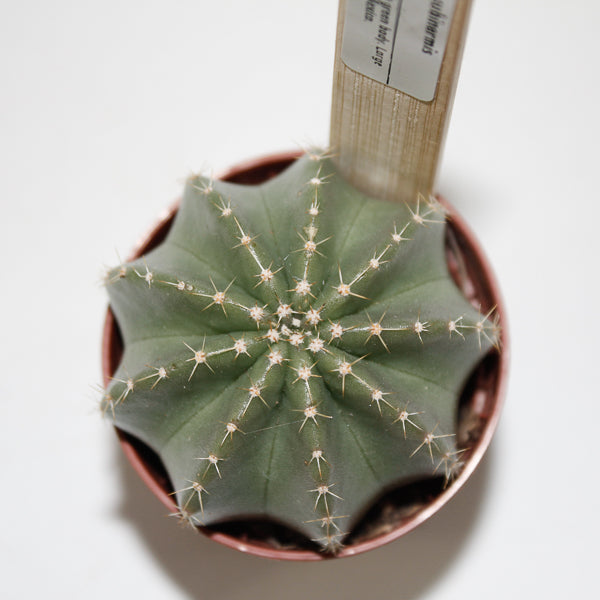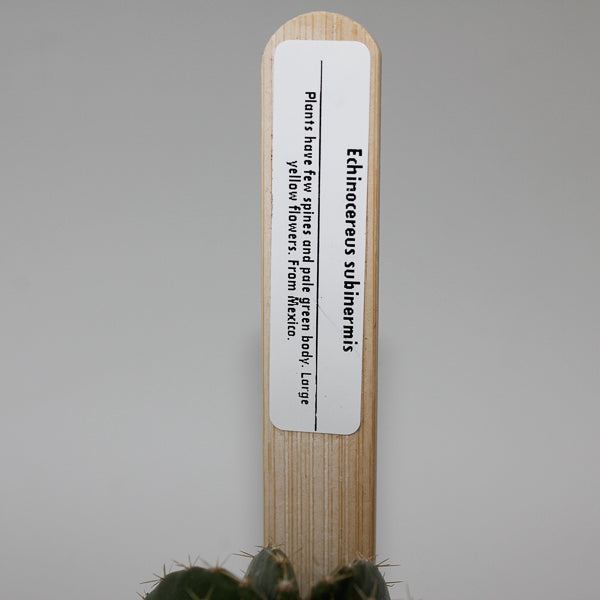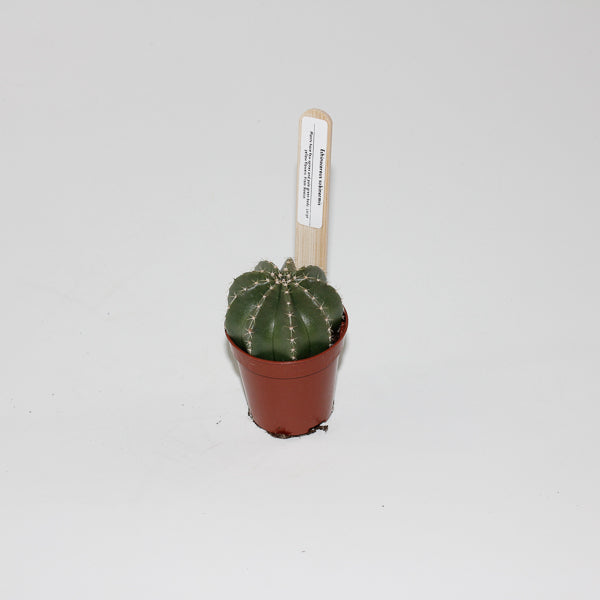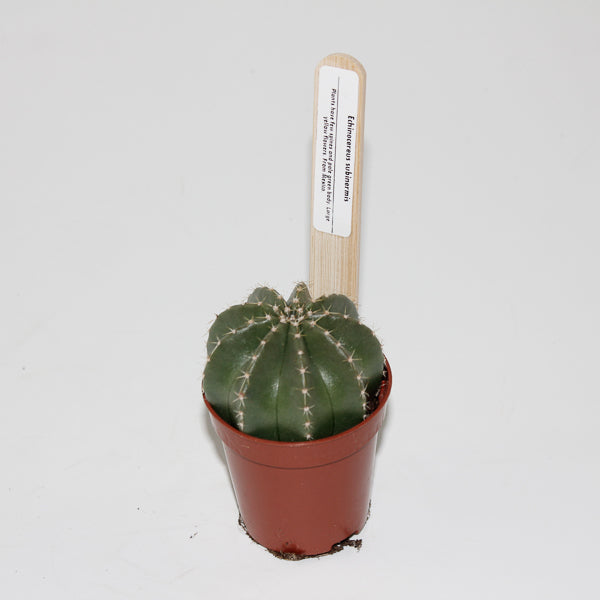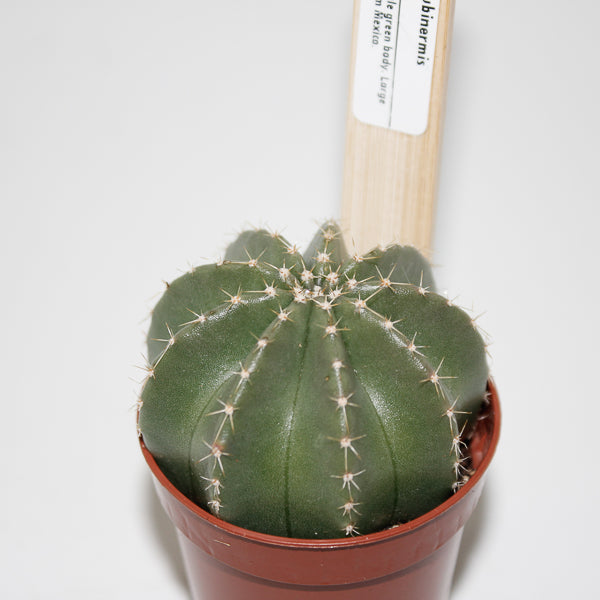1
/
of
5
Emm's Plant House
Echinocereus subinermis Ø5.5cm
Echinocereus subinermis Ø5.5cm
Regular price
£10.00 GBP
Regular price
Sale price
£10.00 GBP
Unit price
/
per
Taxes included.
Couldn't load pickup availability
Echinocereus subinermis is a stunning cactus species native to the southwestern United States and northern Mexico. Known for its globular form and beautiful, vibrant flowers, this cactus species is often found growing in dry, rocky soils in desert environments. Echinocereus subinermis is particularly appreciated for its unique appearance and ease of care, making it a popular choice for both novice and experienced cactus collectors. Its flowers, which can range in color from magenta to purple, add an exotic touch to any collection.
- Full Botanical Name: Echinocereus subinermis
- Common Names: Spine-less Echinocereus, Desert Cactus
- Country and/or Region of Origin: Native to the southwestern United States and northern Mexico
- Growing Conditions in Native Habitat: Grows in dry, rocky soils in desert environments, often found in areas with full sun exposure and minimal rainfall
Care Guide
Care Guide
Share
